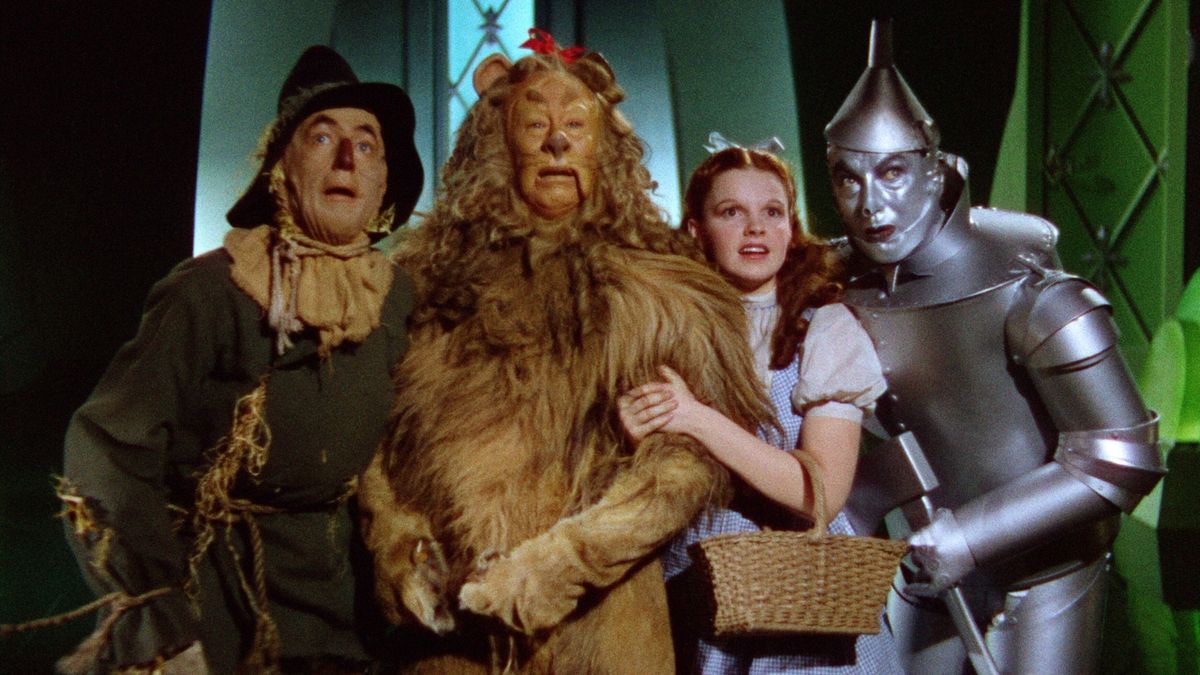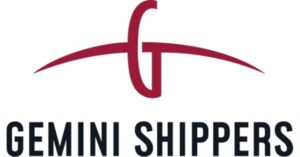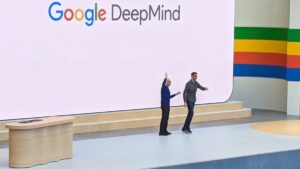Experience The Wizard of Oz in 16K at the Las Vegas Sphere with the Help of Google DeepMind AI

- The Wizard of Oz heads to Las Vegas Sphere
- Google employs AI to enhance the film for the 16K spherical experience
- Premiere of The Wizard of Oz at The Sphere set for August 28
The Wizard of Oz Comes to Las Vegas
The beloved 1939 film, *The Wizard of Oz*, is making its way to the stunning Las Vegas Sphere. This innovative presentation is made possible by Google’s advanced artificial intelligence technology. The project, which promises to transform the cinematic experience, will debut on August 28th in this cutting-edge venue, renowned for its immense 16K LED screen.
Reimagining a Classic with Technology
*The Wizard of Oz* is celebrated not only for its storytelling but also for its groundbreaking use of color in film. Although it wasn’t the first color film, the way it artfully combined vibrant colors, particularly in scenes beyond Kansas, has left a lasting impact.
According to a recent blog post from Google, “While *The Wizard of Oz* may not be the first film to be redesigned with AI, it’s likely to become a notable instance.” This ambitious project involves collaboration among numerous teams, including Google DeepMind, Google Cloud, Sphere Studios, Magnopus, and Warner Bros. Discovery.
The release of *Wicked: For Good,* set to debut in November 2025, also makes this timing perfect for a renewed focus on the story that inspired the Broadway hit.
Creating an Immersive Experience
The experience at The Sphere is designed to immerse audiences completely as the film unfolds in its expansive 17,600-seat auditorium. Google’s AI will take center stage, complementing the adventures of Dorothy, Toto, and a multitude of Munchkins in a way that traditional screenings cannot replicate.
Transforming 1939 Footage for Modern Audiences
Buzz Hays, who leads entertainment solutions for Google Cloud, is at the forefront of this project. He elaborates on the process, explaining, “We are working from the original four-by-three images captured on 35mm film—comprised of three separate, grainy film negatives.” He continues, “Adapting this for a 160,000-square-foot screen requires collaboration with Sphere Studios, Magnopus, and talented visual effects artists worldwide.”
To tackle the quality of the original footage, the team uses advanced AI technologies like Veo, Imagen, and Gemini to recreate the film’s imagery in ultra-high definition, addressing the graininess of the 1939 film. This innovative approach includes a method termed “AI outpainting,” which expands scenes to fit the massive screen by generating elements that seamlessly integrate with existing footage.
Honoring the Original’s Essence
Concerns about altering a classic film are understandable, but Google assures audiences that fidelity to the original material is paramount. The team invested significant time researching archives, compiling supplementary materials such as shooting scripts, production illustrations, photographs, and set plans.
Using this wealth of information, these resources were uploaded into AI models like Veo and Gemini to preserve the finer details of characters and their environments. The enriched dataset allows for enhanced visual quality, allowing for features like Dorothy’s freckles to be sharper, and allowing Toto to move fluidly through additional scenes.
Additional Resources and Further Reading
For more on topics related to advanced movie experiences and the intersection of technology and cinema, consider exploring articles and resources from reputable news and tech outlets, which dive deeper into the evolution of film technology and presentation methods.






